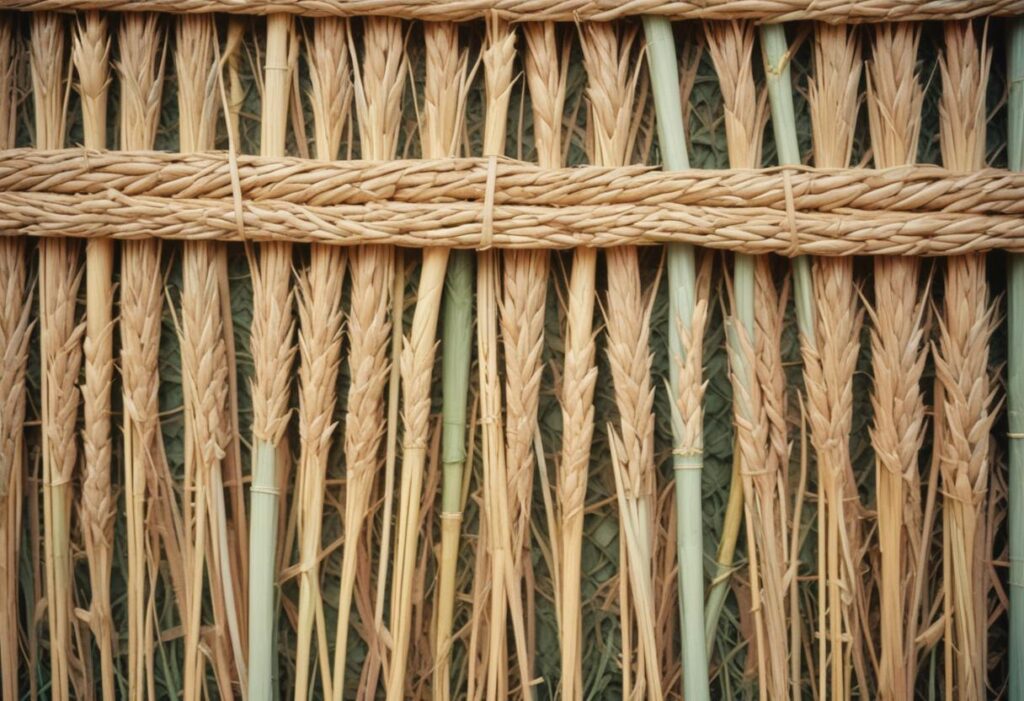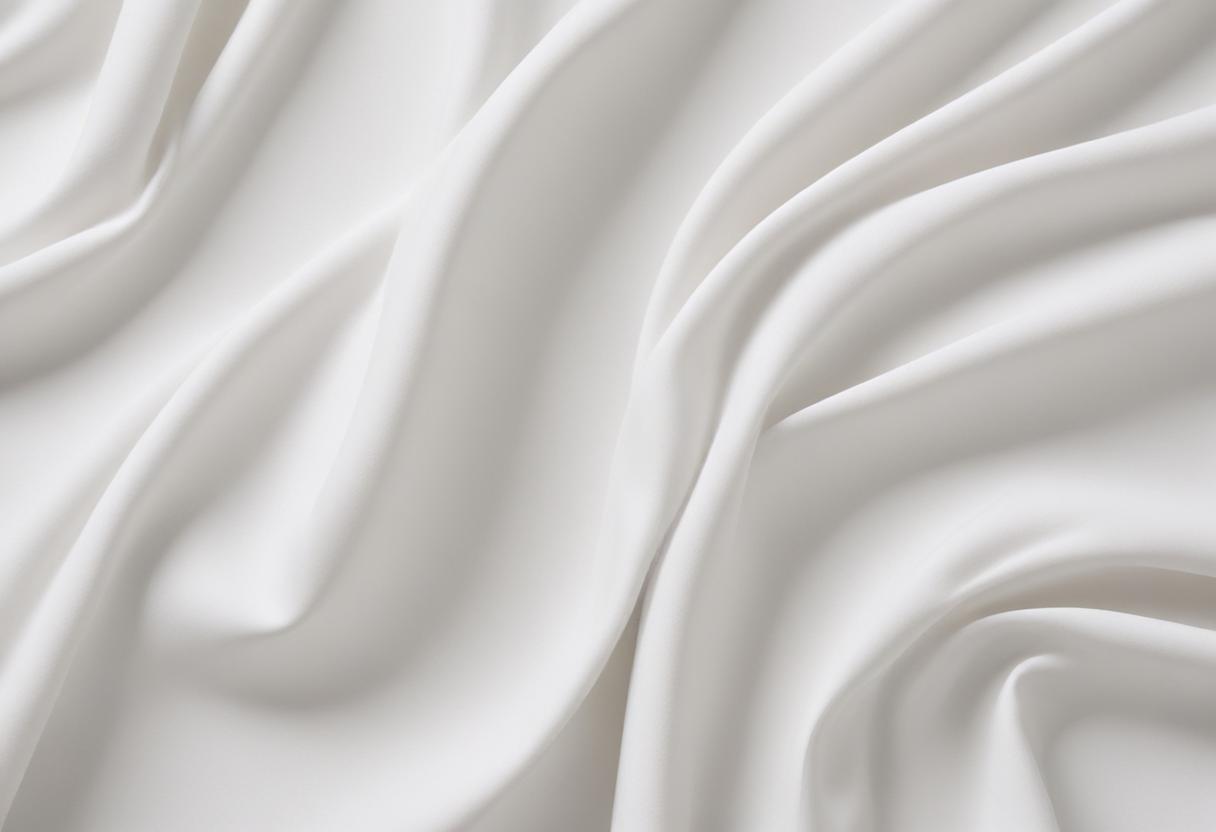Introduction
Перекалач, a traditional craft with deep cultural roots, embodies the intersection of artistry and history. This ancient art form, often passed down through generations, involves intricate techniques and a profound understanding of materials. In this comprehensive guide, we will delve into the world of перекалач, exploring its origins, the process of creation, and its enduring cultural significance. Whether you’re a novice eager to learn or an enthusiast looking to refine your skills, this guide will provide you with the knowledge and inspiration to master перекалач.
What is Перекалач?
Перекалач is a craft that has been in practice for many generations and has been part of the cultures of different societies. As for the term “перекалач,” its defining characteristic is that it is a type of an object woven or braided, as it were—from straw, reeds, or vines. These can therefore be simple decorative artefacts or elaborate objects that could be used for functioning like baskets or are even part of a ritual.
Historical Background and Origins
The history of the españolization of the word []* can be traced back to the earliest periods of healthy civilization when naturally produced materials were bountiful. The early ancestry created ways on how to incorporate these materials into functional and aesthetically pleasing products by processes of weaving and braiding. With time these techniques developed and were attach to generations and became gold heritage in the culture.
In many regions of Eastern Europe and beyond, перекалач was instrumental and incorporated in daily activities and ceremonies. For instance, in the eastern European countries, woven straw furniture were utilized in farming festive events so as to encourage good harvest. As with the weft and warp threads from present-day Africa, elaborate hair accessories were made for rituals exclusively to represent a person’s rank and origin.
Cultural Importance
Thus, along with being an important cereal utensil, печенье has many cultural attributes as well. They see it as a link to history, as an act of keeping culture alive, as personal artwork, an example of unique design and as a well-made product. Today, перекалач is a festive dish, but at the same time, it is not only the memory of the distant past but also an example of an artistic creation that has an impact on present artisans.
Materials and Tools Needed
To create переб, special materials and tools must be used to make the desired item for this type of craft. First of all let discuss the equipment, which you are going to need to start at all It is necessary to say that these materials and tools are the minimum for plant propagation.
Materials
- Straw: When considering the most typical material in перекалач, the domestic press discussed it in the following manner: Also, the straw should be of high quality, so it is more flexible when one is manipulating it.
- Reeds: Another material that is widely used in constructions especially in manufacture of strong and long-lasting commodities.
- Vines: Slightly more versatile than casting, and is used mostly for pieces with higher detail and appearance.
- Thread or Twine: To join or fasten the woven or the braided portions together.
- Natural Dyes: To apply colour on your art work.
Tools
- Scissors: Vital in the process of trimming the material to the right size/length.
- Needles: Sewing needles are long and thick; they come in handy for threading and wrapping.
- Knives: Scissor like knives used in creating edges.
- Molds or Frames: Useful for giving a design work the form it needs to keep while being worked on.
- Work Surface: A clean and a flat surface on which arts will be done.

What is Перекалач?
Sourcing Materials and Tools
Substances used for перекалачing are easily available at any arts and crafts store or at the internet shops. To sum up, one should use natural and eco-friendly materials for production. Many artisans also like going out in search of materials on their own, as the ones from nature are fresher and better
How to Make Перекалач: Step-by-Step Guide ?
It is a fulfilling affair to create перекалач, though this entails time and efforts. Here is how you can begin making your own перекалач items:
Preparation of Materials
- Soak the Straw or Reeds: When using the straw or reeds for construction it is advisable to pre-soak them in water so that they can easily bend. This will ensure that they do not crack in the process of weaving since the process involves exposed tension.
- Cut to Length: In regard to the size of the item you are making, then cut the materials to the size you want.
- Prepare the Workspace: Place all the tools that you will require in the working environment within your comfortable reach and make sure the working environment is clean and well arranged.
Step-by-Step Process
- Start with a Base: For most перекалач items, begin by creating a base. This can be a simple braid or a woven mat, depending on the design.
- Weave or Braid the Materials: Using the prepared materials, start weaving or braiding according to the pattern you have chosen. Keep the tension even to ensure a consistent appearance.
- Secure the Ends: As you work, use thread or twine to secure the ends and prevent unraveling.
- Shape and Mold: If your item requires a specific shape, use molds or frames to guide the form. Adjust as needed to achieve the desired look.
- Finish the Edges: Once the main body is complete, finish the edges by trimming excess material and securing any loose ends.
- Add Decorative Elements: For a more personalized touch, consider adding decorative elements such as dyed patterns or additional braids.
Tips for Beginners
- Practice Basic Techniques: Start with simple projects to master the basic techniques before moving on to more complex designs.
- Be Patient: Перекалач requires time and patience. Take your time to ensure each step is done correctly.
- Learn from Mistakes: Don’t be discouraged by mistakes. Each error is an opportunity to learn and improve.
Techniques and Variations
Перекалач is a versatile craft with many techniques and variations. Here are some common methods and styles you can explore.
Different Techniques
- Basic Weaving: The simplest form of перекалач, ideal for beginners. It involves interlacing materials in an over-and-under pattern.
- Braiding: A more advanced technique that creates a textured and durable structure. Braiding can be done with three or more strands.
- Plaiting: Similar to braiding but typically involves more strands and creates a flat, wide braid.
- Twining: A technique where two strands are twisted around each other, often used for adding strength and stability.
Regional Variations and Styles
Перекалач varies significantly across different cultures and regions. Some notable styles include:
- Eastern European: Known for intricate straw decorations used in festivals and agricultural rituals.
- African: Characterized by bold patterns and the use of natural dyes.
- Asian: Often features delicate, precise weaving techniques and a focus on symmetry.
Experimenting with Designs
Once you are comfortable with the basic techniques, try experimenting with your own designs. Mix different materials, incorporate new patterns, and play with color to create unique and personalized pieces.
Also Read ; Drawing:cul23ybyzfm= basketball : Enhance Your Basketball Skills Through Art :: wallpaper:znvmimg_hwe= stitch :: the //vital-mag.net blog
Common Mistakes and How to Avoid Them
Even experienced artisans can make mistakes when creating перекалач. Here are some common errors and how to avoid them.
Typical Errors Made by Beginners
- Uneven Tension: When tension is uneven, the outcome is unbalanced and unreliable as well that is why consistency should be considered.
- Overly Tight Weaving: Although, specific weaving should be tight, if this is done to an extent then the material used get damaged.
- Ignoring Preparation: This makes the crafting process slightly harder when the preparation stages, for example, soaking of the materials is not undertaken.
Solutions and Preventive Measures
- Maintain Consistent Tension: SHE should practice the aspect of having an even tension when weaving or even when braiding.
- Balance Tightness: The general idea is to strive for getting it as close as possible to being securely sewn but do not pull the materials too tight.
- Proper Preparation: In every project you work on, ensure that you spend adequate time in preparing all the necessary items that you will be using.
Expert Advice for Perfecting Your Craft
- Take Breaks: Give yourself time to rest and avoid fatigue, which can lead to mistakes.
- Seek Feedback: Join communities or forums where you can share your work and receive constructive feedback.
- Keep Learning: Continuously learn and practice new techniques to enhance your skills.
Caring for Your Перекалач Creations
Proper care is essential to maintain the beauty and longevity of your перекалач creations. Here’s how to care for them:
Storage and Maintenance
- Avoid Direct Sunlight: Keep your items in a cool, dry location and out of direct sunlight so that it does not fade and the residual moisture evaporates.
- Dust Regularly: It is noteworthy to lightly brush the coated surfaces to clean off the dust. It is recommended to use soft brush or cloth that will not scratch the surface of the pot.
- Handle with Care: When dealing with the ITEM_NAME it is important not to scratch delicate parts as it will result in the spoiling of the same.

перекалач
Repairing and Restoring
- Minor Repairs: In the case of minor damages, this can be mended with a needle and a thread to sew the strands which are loose or broken.
- Professional Restoration: In cases of severe damages, it is better to timely contact the specialized restoration companies.
Long-term Preservation Tips
- Humidity Control: Some of your items are likely to get affected by humility; therefore, it is advisable to store them in a location with little humidity.
- Regular Inspections: Take time, now and then, to look at your creations to see if they have got any scratch or any sign of wear and tear then tweak it as is necessary.
Conclusion
Перекалач is more than simple crafting, it’s a link to history/ancient folklore, art and self-satisfaction in the making. Thus, having read and understood the information in this guide, you will be able to make quite wonderful and unique суперcalculator items. Learn to accept slow and rigorous work and you will be rewarded with excellent works that depict talents and creativity.











